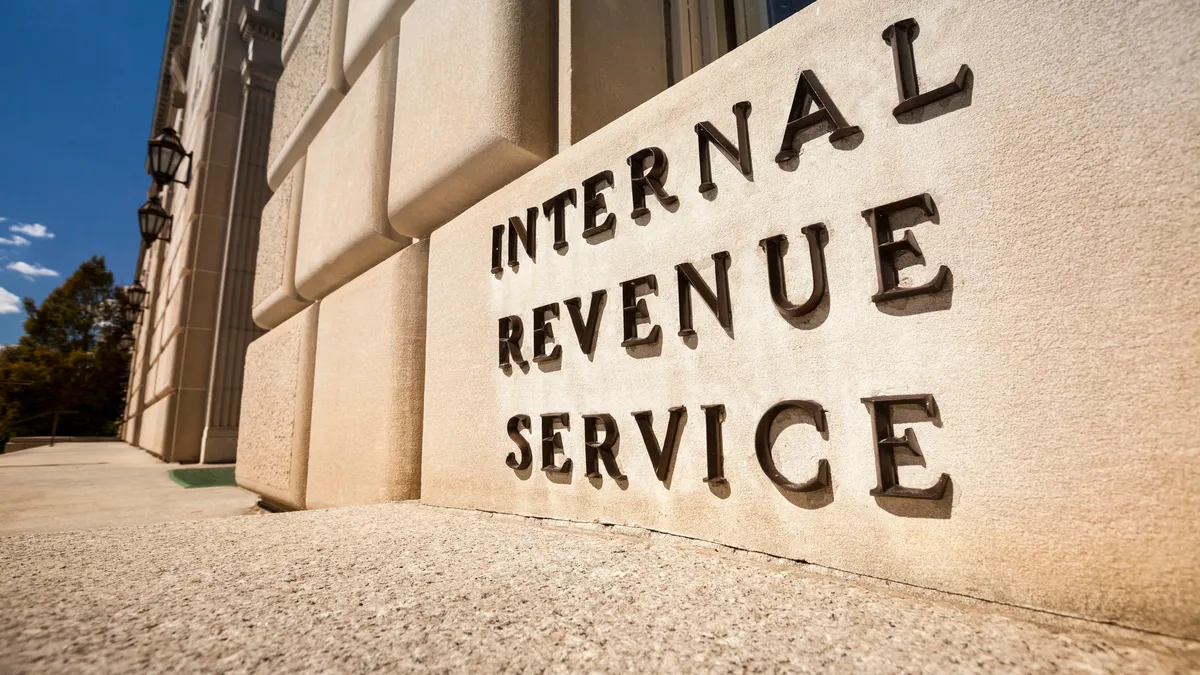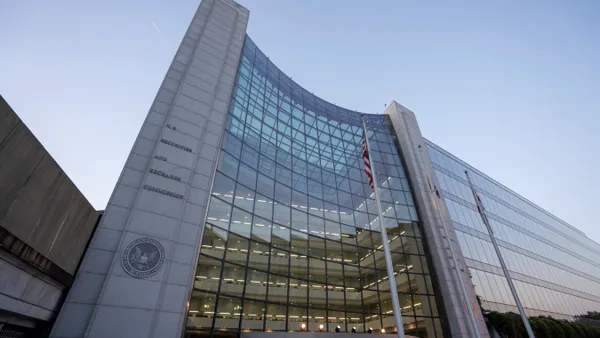Auditors’ use of video, GPS, smart glasses and other technologies that enable remote work is poised to increase now that the advances have been tested during the pandemic, Julie Bell Lindsay, executive director of the Center for Audit Quality, told CFO Dive last week.
Combining video with GPS technology so auditors can conduct inventory observations without having to go on-site has been under development for years and signals the direction the auditing profession wants to go in, Lindsay said.
The goal goes beyond making the process more efficient; it’s about making it more effective by enabling the auditor, working with an on-site company employee, to enlarge images, improve lighting and make other adjustments for more accurate observations.
“Live, high-resolution video, also with noise canceling technology, enables conversations so the auditor can provide feedback and additional instructions during the inventory observation as they’re happening live,” Lindsay said.
One auditing firm that tested the use of augmented reality-enhanced smart glasses during the pandemic conducted an inventory observation in five hours, a process that in the past took three days.
Data crunching
The use of data analytics will also likely grow post-pandemic. Auditors traditionally use sampling to look at contracts and other paperwork, typically reviewing 100 or 150 randomly selected documents out of hundreds of thousands; with data analytics, they can screen all documents and manually focus only on those that raise red flags.
Lease contracts are an example. “Large public companies will have hundreds of thousands of leases,” she said. “Auditors can now use data analytics to review all of those and drill down on more high-risk lease areas.”
Warranty reserve liability is another example. Auditors are stepping up the use of data analytics of online customer reviews to see how much of a threat unhappy customers are to companies’ warranty reserve liabilities.
“If an auditor is seeing something in customer reviews that aren’t matching up with what management assumptions are when it comes to the warranty reserve, management is going to be asked about it,” she said. “Depending on how that conversation goes, the auditor, who ultimately reports to the audit committee, will be going to the audit committee to share the concerns or the conversation that’s been had with management. So, that’s the way that plays out in real time.”
Quick pivot
The increasing comfort with technology is part of the reason auditors were able to pivot quickly to remote work when the pandemic hit and positioned them to give guidance to others.
“Auditors were very helpful early in the pandemic in talking to board audit committees as well as company management to help them through their process in going remote,” Lindsay said.
Recent research found that more than 80% of auditors used data analytics and other emerging technologies during the pandemic, Lindsey said, and much of that use will continue even after the pandemic eases. But the technology is unlikely to replace auditors’ on-site work entirely.
“I think firms are going to be taking a hybrid approach,” she said. “Some of the changes we saw in the pandemic is technology we were already implementing. So, they were planning on using those in the inventory stage in that type of inventory analysis. Some of that technology will stick around. But, where possible, and with some of the more subjective areas, auditors want to get back in the field, particularly having interactions with the senior finance folks, the CFO, the top of the house.”













